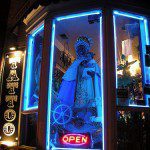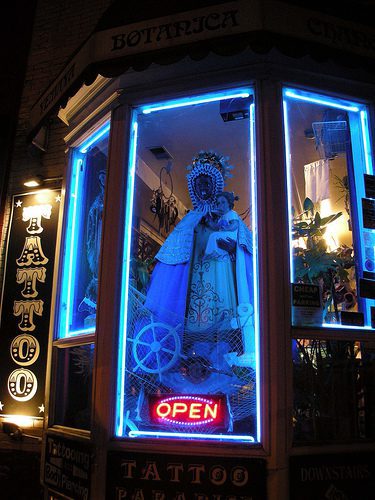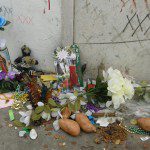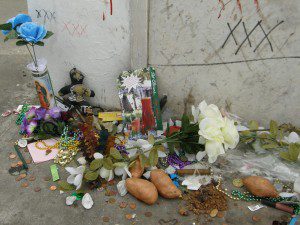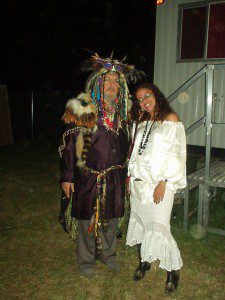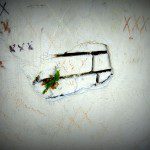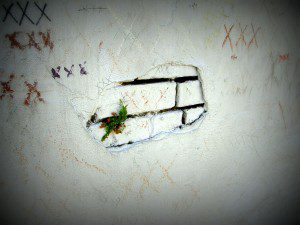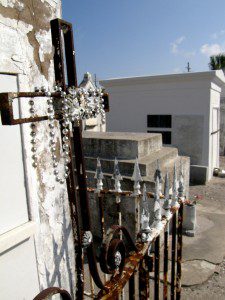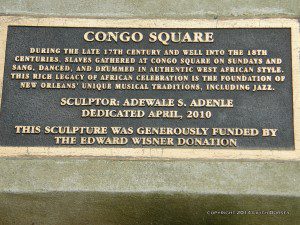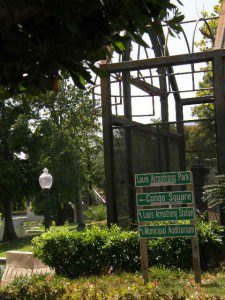Sex sells. Sin sells. Voodoo sells. It’s true, I didn’t make it up. There has always been controversy around money and religion, and when we add psychics and spirits we just up the ante. The current season of American Horror Story Coven uses a bizarre mix of reality and supreme fantasy to get its point across, a major clothing manufacturer places a giant veve ( ritual symbol) for Papa Legba in its store window to sell t-shirts, and I’m left shaking my head. Shantrelle Lewis did a piece on the retailer for Ebony and you can find my comments on it here.
What century is this again? I frequently make jokes about the need for a Voodoo, Vodou and Santo Anti-Defamation league, but in reality it is sad that the media and corporate America think they can, for lack of a better word, prostitute our traditions and continue to forget to pay for it. The root of the problem is ignorance and bigotry. The use and abuse of more mainstream religions would never be tolerated in this way. I was questioned about some of these practices during an interview the other day and all I could think of was the infamous 1987 art photograph from Andres Serrano Piss Christ. The controversy over this artwork was legendary. Now I am not advocating censorship, I’m just asking that we consider drawing the line at selling T-shirts and television. We are better than, I hope.
The irony of it is that the real world of Voodoo and Santo religion is an intense and powerful thing. I have seen people walk on fire, lift up people three times their size, drink chamba ( an infusion of hot peppers, rum and gunpowder,) speak in tongues, both foreign and ancient, and I have even done some of these things myself on occasion when the spirit moved me. It seems to me that all of this could make great television, much better than the minotaurs and madness that we see on shows like American Horror Story: Coven. And if they wanted a spell to sell t-shirts we have that too.
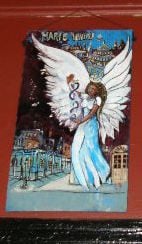
Another epic irony is the fact that Marie Laveau was the first priestess in this country to charge for psychic services. She is said to have done psychic readings for Queen Victoria. Even television depictions of her give homage to her consummate power to maximize her earning potential in the psychic realm. Voodoo works, at least people usually get that part right. La Regla Lukumi or Santeria as it is more widely known, has always provided it’s community with services through their spiritual supply stores known as Botanicas. Here practitioners go to learn; consult with diviners, Santeros and Santeras; buy herbs, oils, waters, baths and more. A decent Botanica will offer everything from Saint statues to railroad spikes. A lot of knowledge, time, energy, and preparation go into these practices so it is no wonder that the necessary items would be numerous and complex. These stores provide a vital service to the communities they represent and they are patronized accordingly. Please do your best to treat these practices with respect, knowledge and reverence.


